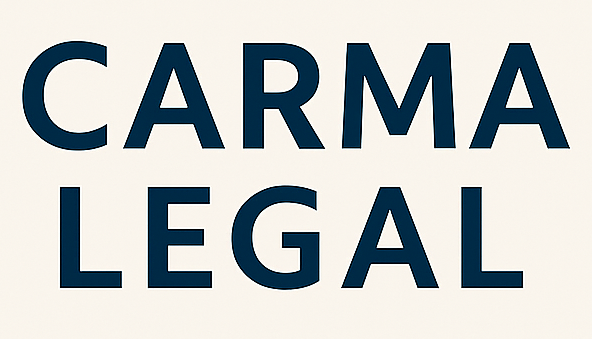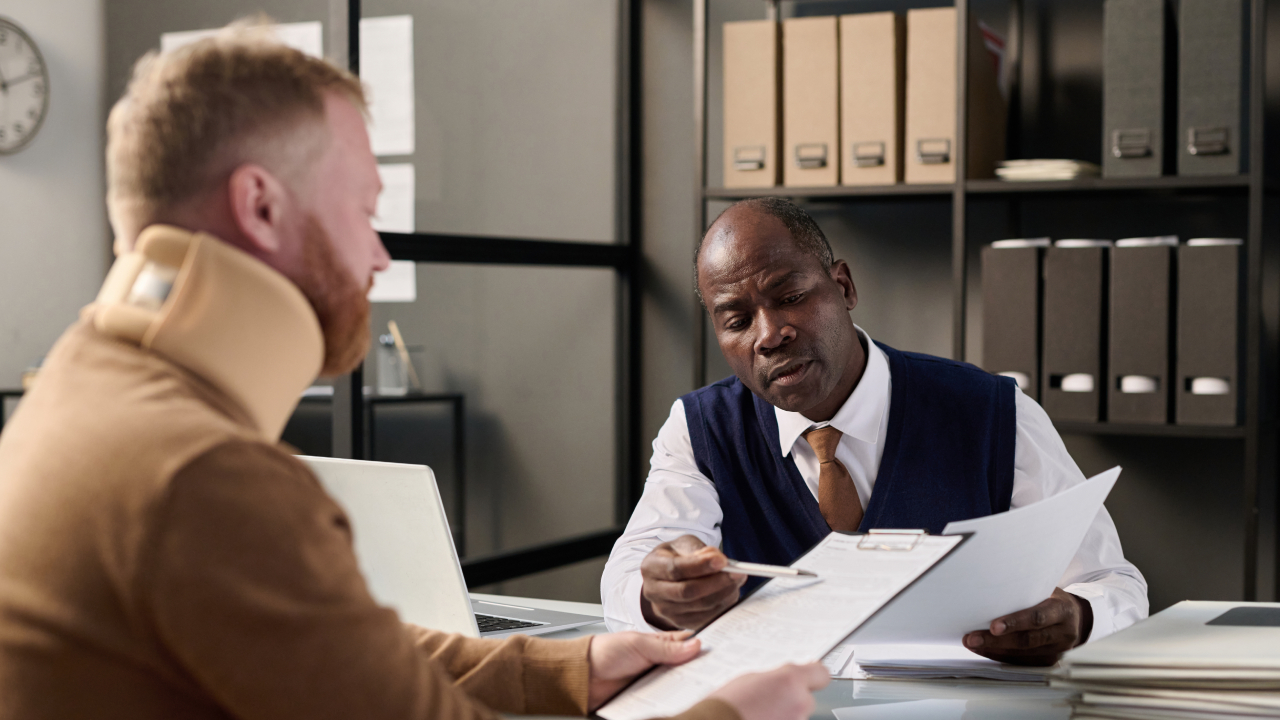When you’re injured on the job due to unsafe equipment or suffer harm from a defective product, choosing legal help is critical. Selecting an injury law firm workplace accidents specialist is crucial to securing the compensation you deserve after a serious accident. A firm with experience in third-party liability can guide you through the complexities of suing negligent companies, ensuring that your rights are protected from day one.
In this guide, you’ll learn how third-party liability works, compare your legal options, and identify the qualities that make an attorney the right advocate for your case. Whether your injury stems from a workplace mishap, a dangerous product, or a construction site incident, understanding these steps will help you make confident decisions as you pursue justice and recovery.
Understand third-party liability
What third-party liability means
Third-party liability arises when someone other than your employer bears responsibility for your injuries. Unlike workers’ compensation, which provides no-fault benefits from your employer’s insurer, a third-party claim allows you to sue an individual, manufacturer, or contractor whose negligence or misconduct contributed to your accident. Pursuing this pathway can help you recover compensation for:
- Non-economic damages, such as pain and suffering
- Lost future earning capacity
- Additional medical costs not covered by workers’ comp
By targeting the at-fault party directly, you broaden the scope of recoverable losses and hold negligent entities accountable.
Common accident types
Third-party liability applies across a range of scenarios. Some of the most frequent cases include:
Workplace accidents
Incidents caused by unsafe work environments or defective machinery often fall under this category. You might work with an unsafe worksite injury lawyer or a specialist like a construction accident lawyer if your injury occurred on a building site.
Defective products
When a product malfunctions due to design flaws, manufacturing errors, or inadequate warnings, injured consumers can sue manufacturers or distributors. You could engage a product liability lawyer, dangerous product injury lawyer, or defective product attorney to pursue a claim.
Construction site incidents
Falls from scaffolding, crane accidents, and power tool injuries are common on construction sites. Advocates such as a scaffold accident attorney, crane accident lawyer, or power tool injury lawyer can guide you through complex safety regulations.
Compare legal options
Distinguish workers comp from lawsuits
Before filing suit against a third party, it’s important to understand how workers’ compensation differs:
| Feature | Workers’ compensation | Third-party claim |
|---|---|---|
| Eligibility | Any on-the-job injury, regardless of fault | Injuries caused by a negligent third party |
| Recoverable damages | Medical expenses, partial wage replacement | Medical costs, full lost wages, pain and suffering |
| Legal action | No-fault administrative process | Lawsuit in civil court |
| Statute of limitations | Varies by state, often 1–2 years | Generally 2 years in Ohio, but consult local statutes |
| Responsible party | Employer’s insurance carrier | At-fault individual, contractor, or manufacturer |
By weighing these factors, you can decide whether to pursue only workers’ comp benefits or also file a third-party lawsuit. Often, the two tracks run simultaneously, but timing and strategy can vary.
When to pursue a claim
You should consider a third-party action when:
- Your employer’s insurer denies coverage for full medical expenses or lost wages
- A negligent contractor, supplier, or equipment manufacturer contributed to your injury
- You face long-term disability that exceeds workers’ comp benefits
- There’s evidence of willful misconduct or gross negligence by another party
Consulting an injury at work lawyer (not workers comp) early can help preserve evidence and ensure you meet filing deadlines.
Identify potential firms
Look for relevant experience
Begin by searching for firms that specialize in third-party liability and your specific accident type. For workplace incidents, you might explore options like a workplace accident attorney or unsafe machinery lawyer. If a product defect harmed you, focus on attorneys with a proven record in product liability.
Review track record
Analyze case results, focusing on settlements and verdicts in similar claims. Many firms publish success stories or verdict summaries on their websites. Check for:
- Jury verdicts against major corporations
- Multi-million-dollar settlements for serious injuries
- Experience handling both pre-trial negotiations and trials
Check peer recognition
Awards from organizations like Super Lawyers or Martindale-Hubbell ratings can signal professional respect. While not the only measure, they add confidence to your selection process.
Evaluate firm criteria
Assess specialization areas
Ensure the firm’s core practice areas align with your needs. A general personal injury practice might handle everything from car accidents to medical malpractice. However, you want lawyers with deep expertise in third-party claims related to workplace or product injuries.
Evaluate communication style
From your initial consultation, note the firm’s responsiveness and clarity. You deserve a team that explains legal concepts in plain language and updates you regularly. Consider these questions:
- How quickly did they reply to your inquiry?
- Did they provide a detailed case assessment?
- Are they transparent about fees and timelines?
Understand fee structures
Most personal injury firms work on a contingency basis, meaning you pay only if they win your case. Confirm:
- Contingency percentage (typically 25–40%)
- Expenses you might owe upfront or reimburse later
- Whether you’ll receive a detailed fee agreement in writing
Prepare for a consultation
Gather essential documents
Bringing the right paperwork can accelerate your evaluation. Key items include:
- Medical records and bills
- Accident reports or OSHA citations [1]
- Witness statements or contact information
- Photographs of injuries and accident scenes
- Pay stubs or wage records
Plan key questions
Develop a list of questions to maximize your meeting:
- How many third-party liability cases have you handled?
- What is your success rate in similar claims?
- Who will be my main point of contact?
- How long do you anticipate my case will take?
- How do you handle communication and case updates?
Work with your lawyer
Maintain clear communication
Once you retain a lawyer, establish preferred communication channels. Weekly or biweekly status updates help you stay informed without overwhelming your legal team. Promptly respond to requests for documents or information.
Follow the legal process
Understand the major phases of your claim:
- Investigation and evidence gathering
- Demand letter and settlement negotiations
- Filing a lawsuit and discovery
- Mediation or trial
Your attorney should guide you at each step, explaining deadlines and required actions.
Set realistic expectations
While aiming for maximum compensation, recognize that not every case settles at full demand. Discuss potential outcomes, from a high-value settlement to alternative dispute resolution, so you can plan accordingly.
Hold parties accountable
Build a strong case
Strength lies in thorough evidence and credible witnesses. Your lawyer may work with:
- Accident reconstruction experts
- Medical specialists to testify on long-term effects
- Industry professionals to explain safety standards
These experts help show how negligence led to your injuries and the full extent of your damages.
Seek full compensation
Third-party claims can recover diverse damages:
- Medical expenses, past and future
- Lost wages and earning capacity
- Pain and suffering
- Disability or disfigurement
- Legal costs and expert fees
A firm well-versed in third-party liability ensures no recoverable loss goes unclaimed.
Next steps and resources
After you select the right legal team, your path forward becomes clearer. Here’s what to do next:
- Sign a contingency fee agreement and retain your attorney
- Provide any remaining documentation promptly
- Follow medical advice to document your recovery
- Keep a daily journal of pain levels and limitations
- Respond to settlement offers only with your lawyer’s guidance
You don’t have to navigate this process alone. With the right third party injury claim lawyer by your side, you can focus on healing while your legal team builds a compelling case. Take the first step today by scheduling a free consultation and learn how you can hold negligent parties accountable for your losses.
References
- (OSHA)








